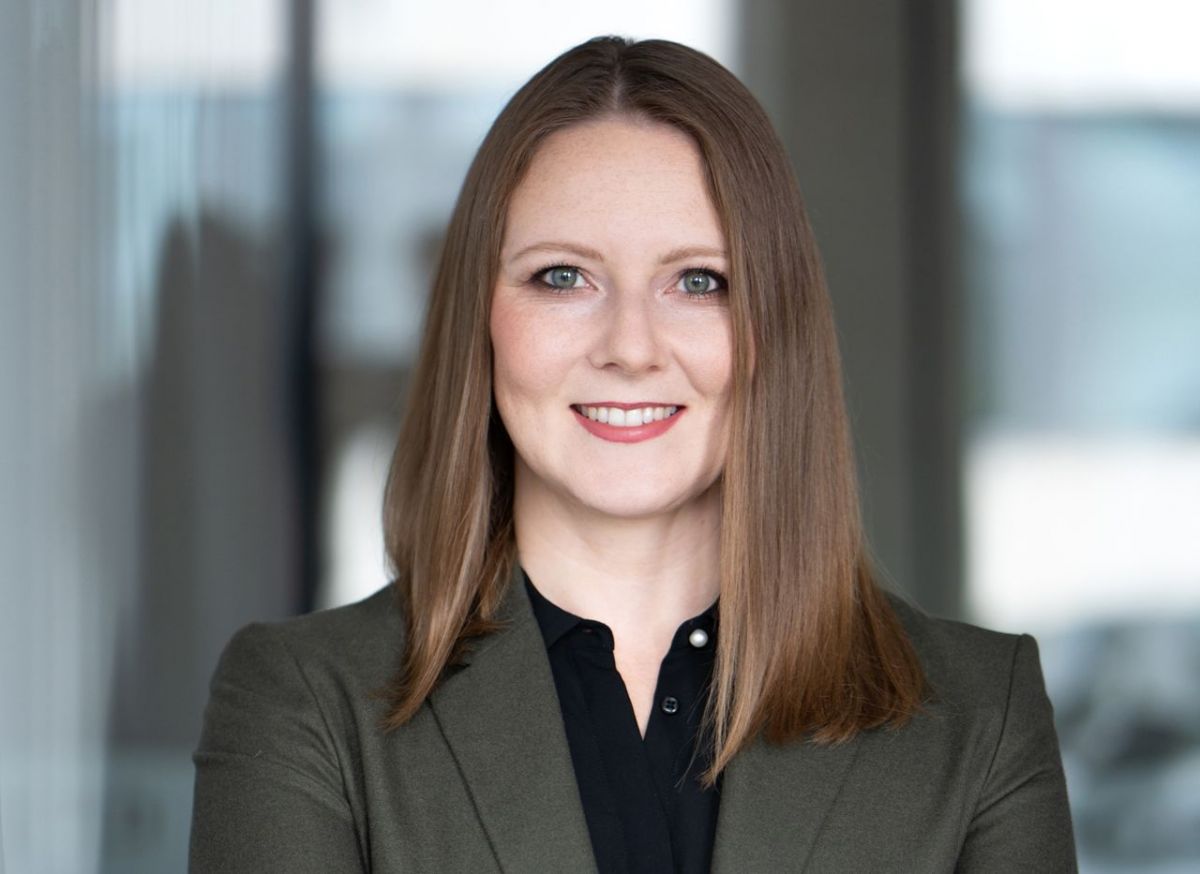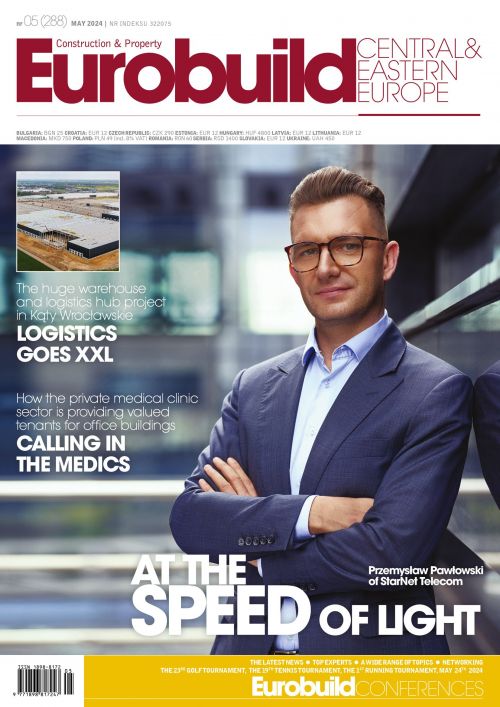As everyone is probably aware by now, the world is a rather different place post-pandemic to how it was before Covid – and the office market has undergone one of the biggest shake-ups. The switch to home and hybrid working models has discouraged many office tenants from expanding their premises even as their companies grow, while others have been actively reducing the volume of the space they lease. And so, the owners of office and mixed-use buildings designed in pre-pandemic times have naturally been having to address the issue of filling up their available space. But every major disruption to the status quo also brings with it new opportunities. In the case of Covid-19, it has been a greater awareness of health issues and an increased demand for medical treatment. As a result, private medical clinics represent one segment of the economy that certainly hasn’t suffered from all the recent upheaval, while increasingly becoming a valued tenant for office property owners &ndas































































